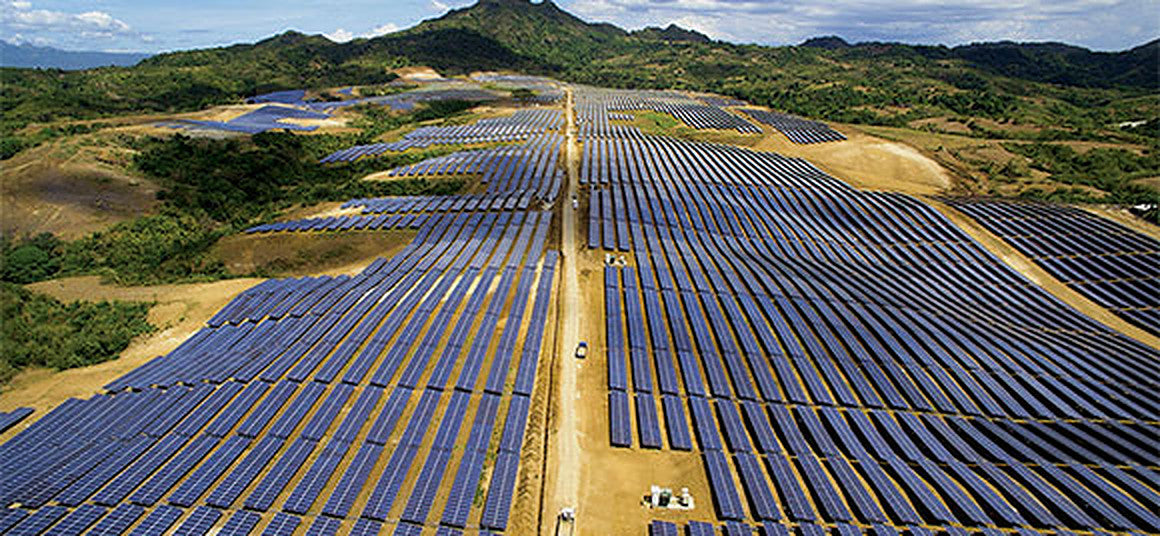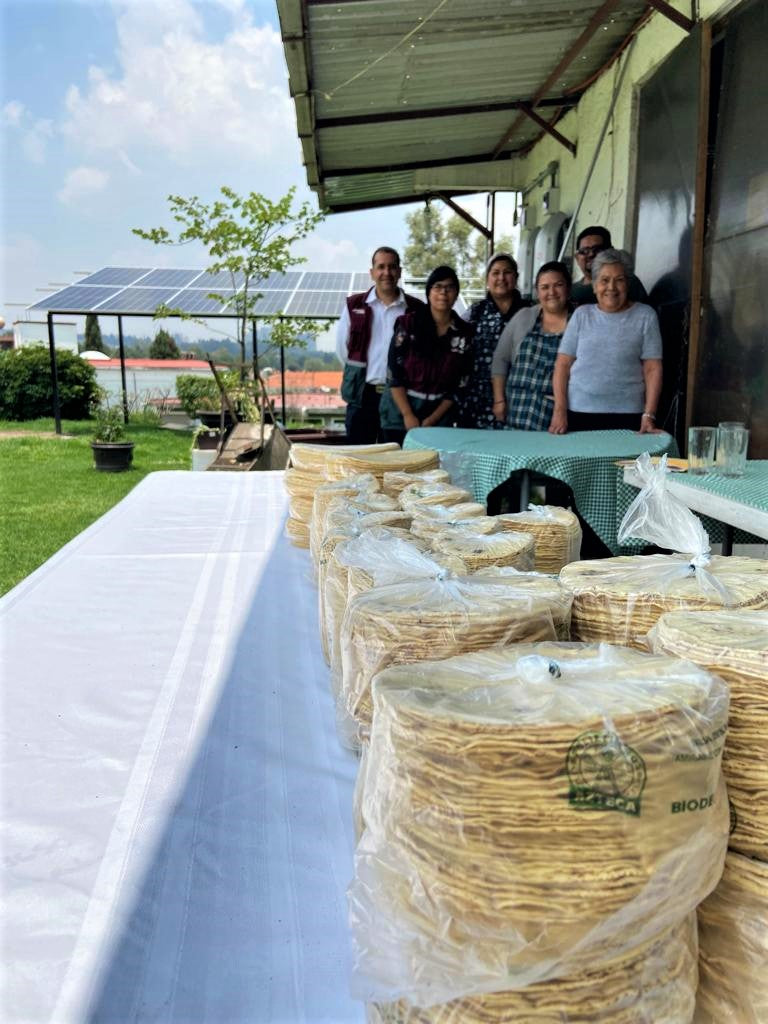https://www.pv-magazine-india.com/2022/08/20/the-long-read-flowing-into-the-lithium-supply-gap/
The long read: Flowing into the lithium supply gap

Vanadium redox flow batteries are said to be better suited to forming the cornerstone of large-scale grid storage, offering myriad advantages in the grid scenario.
Image: Avalon Battery
From pv magazine 08/2022
Global demand for lithium is testing the limits of the metal’s availability. Production of electric vehicles powered by lithium-ion (Li-ion) batteries is soaring, along with the call for more and bigger-capacity batteries to stabilize electricity grids as more renewable energy is connected. A simultaneous choke in lithium supply chains – pandemic-induced shipping-and-handling slowdowns, and manufacturing challenges – is raising awareness of a battery alternative that has been quietly bubbling behind the scenes.
Vincent Algar is managing director of Australian Vanadium Limited (AVL), which is in the final stages of achieving approval for a vanadium mine in Western Australia, and a vanadium electrolyte processing plant near Geraldton on the state’s coast. He readily admits self-interest in promoting the benefits of vanadium redox flow batteries (VRFBs) as a transformative technology for stationary storage applications.
Self-interest or no, his arguments make sense: “When we have a fixed amount of Li-ion, its best application is in the vehicular fleet, where every unit of it is taking diesel or unleaded fuel out of the picture,” says Algar. “A fully electric car is 100% green, whereas if that same 1 MWh of storage goes into grid storage, it’s not going to do anything significant towards decarbonizing that system.” VRFBs, he says, are better suited to forming the cornerstone of large-scale grid storage, offering myriad advantages in the grid scenario.
Redox redux
Over a lifespan of 20-25 years, VRFBs can be charged and completely or partially discharged hundreds of thousands of times without degradation; and the electrolyte remains unchanged – it can be recycled into another battery or used in other applications when the first installation reaches its end of life. This makes the levelized cost of VRFBs, with a capacity of more than 2 MW, lower than same-size Li-ion batteries, which degrade with constant charging and recharging, and have high end-of-life disposal costs.
VRFBs are also non-flammable, and scalable; the biggest VRFB to date was recently completed in China at 200 MW/800 MWh. There is no limit to the capacity of VRFBs, says inventor of the technology, Maria Skyllas-Kazacos – “you can just keep adding to them.”
Now Emeritus Professor at the University of New South Wales (UNSW), Skyllas-Kazacos was a chemical engineer with the university in the 1980s, when she and her team famously invented and proved the utility of VRFBs at a time when other institutes, including NASA, had abandoned research into vanadium as a potential energy storage medium.
“There was a lot of interest in remote area power systems back then, with a need for renewable energy storage technologies,” she tells pv magazine. Focusing on an approach to develop a liquid energy-storage solution based on vanadium dissolved in sulfuric acid, and using a scraped carbon electrode, made vanadium oxidation-reduction reactions freely reversible. The technology was patented in 1988, but she says it fell flat with battery manufacturers of the day. “They weren’t interested in creating a competitor to their lead-acid and nickel-cadmium products.”
In the early 1990s, Mitsubishi Chemicals acquired a license to use the technology, eventually making Japan the strongest early commercial developer of VRFBs. Today, almost all the world’s VRFB manufacturers use technology based on Skyllas-Kazacos’s invention. She and her UNSW team continue to work on lowering the cost of making the batteries. “The big goal is to manufacture these systems here in Australia,” she says.
Wrangling the costs
A June 2022 white paper “Vanadium Redox Flow Batteries – Identifying Market Opportunities and Enablers,” by Guidehouse Insights and commissioned by global vanadium organization Vanitec, concluded that it “expects global annual deployments of VRFBs to reach approximately 32.8 GWh in 2031, with Asia Pacific leading in deployments.”
Barriers to adoption, however, are identified as the high capital cost of VRFB systems; the fact that the cost of vanadium makes up a “significantly higher percentage of the overall system cost” versus metals in other batteries; and that the vanadium supply chain is currently less developed than other metals.
Enter AVL, which is set to commission its mine and processing facility in late 2024-early 2025 and believes it can be a lowest-cost producer of vanadium pentoxide – the key electrolyte ingredient. AVL posits competitive advantages including a high-grade deposit of the mineral in an established and stable mining nation, and that it has developed and patented more efficient systems for extracting and processing the ore.
In December 2021, Australia’s federal government awarded AVL an AUD 49 million ($34 million) Manufacturing Collaboration Grant, to create an Australian, green-fueled vanadium industry. Algar says that AVL’s methods of refining vanadium already reduce its reliance on fossil fuel gas by 30% compared to other current methods, and the company has an agreement with energy supplier ATCO to introduce green hydrogen into its gas pipeline.
The resourceful country
According to the US Geological Survey and Geoscience, despite no operating vanadium mines, Australia holds 18% of the world’s vanadium resources, after China with 42%, and Russia at 23%. AVL serves as one of at least three mining companies with vanadium ions (sic) in the fire in the country.
Most vanadium today is deployed in production of superior-strength, lightweight steel alloys, and AVL intends to serve local and global steel industry demand while it grows the market for vanadium electrolyte. AVL has been working with partners to get demonstration projects for VRFBs up and running, including a pilot system paired with PV, to power a bore pump at the Nova Nickel mine in Western Australia.
“It’s got a 65 kW power unit and a 300 kWh storage capacity, and the PV array is around 16 MW,” says Vincent Algar. “So, it can be fully charged with four hours of sunlight, which means you can then trickle that out overnight. We’re trying to run it close to 24/7.” This kind of combination, he says, will close the gap for companies looking to achieve net zero without having to resort to carbon offsets. “They can get to 60% renewables, they can probably squeeze to 70% … but that last hurdle to 100% is very hard to achieve. VRFBs can fill that last 30%, which might be for four hours of the day.”
The state of solar play
Invinity Energy Systems is independently working on the partly Australian Renewable Energy Agency or ARENA-funded Yadlamalka Energy Project in South Australia, to deliver one of the world’s largest solar-powered VRFBs. The project will combine a 6 MW solar array with a 2 MW/8 MWh Invinity VRFB, to produce around 10 GWh of dispatchable solar per year. A key feature will be to demonstrate how utility-scale PV can store solar energy during the day, when peak solar supply results in low or negative prices for energy produced, and release power at times of later peak demand to maximize project returns.
The team at Invinity was formed in March 2020 by the merger of UK-based RedT energy, and Canadian-born Avalon Battery. Matt Harper, co-founder of Avalon and now co-founder and chief commercial officer at Invinity, tells pv magazine that at Avalon, which was formed in 2013, the goal has been to transform typically highly bespoke VRFB technology – projects that “all looked like small chemical plants with big pumps and pipes…” – into “turnkey products that came out of the factory with great quality control, fully functional, and ready to deliver into the field alongside solar projects and have them installed and operational within hours.” Avalon achieved that goal, and Invinity products are now 100% turnkey.
Ironing out the kinks
Avalon and RedT also pioneered smart finance solutions to the variable cost of vanadium electrolyte, which capitalize on the permanence of the storage medium. It can be rented or leased for the duration of any battery project, benefit from tax-deductions in jurisdictions like Australia over that period, and be returned to the owner/producer when the battery mechanisms expire.
The storage medium can similarly be decoupled from the battery mechanism when assembling a VRFB. Large volumes of vanadium electrolyte, as required by batteries with larger storage capacity are heavy and therefore costly to ship. Until such time as Australia has developed its own VRFB manufacturing capability, AVL intends to work with overseas partners to ship batteries to the port of Geraldton, fill them with electrolyte from its plant, and then deploy them throughout the country from that location.
Li-ion deployments have demonstrated how batteries can be valuable to the electricity grid, say the leaders of AVL and Invinity, but, Harper says, “The duration over which batteries are now being asked to provide power on the grid has arrived at the sweet spot where our technology makes a lot of sense.”
The goal is for VRFB technology to succeed in the three-, six-, and 12-hour gap between fast-start, short duration storage such as Li-ion batteries, and seasonal storage such large-scale pumped hydro. Harper says, “We need to ensure we’re not going to have the same supply chain and material constraints that the lithium people are currently seeing. Having a low-cost reliable source of vanadium … that’s what’s needed to make sure we can build out as many of these batteries as the world is going to need.”
By Natalie Filatoff
This content is protected by copyright and may not be reused. If you want to cooperate with us and would like to reuse some of our content, please contact: editors@pv-magazine.com.



